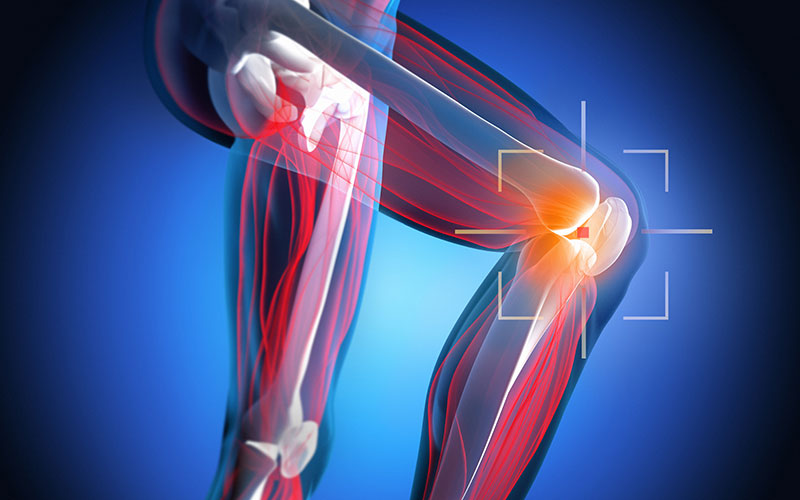
The medial patellofemoral ligament (MPFL) is one of the many ligaments in and around the knee joint. As its name suggests, the ligament runs from the patella (kneecap) to the femur (thigh bone). It plays a very important role in stabilizing the patella during knee movement. Injury to the MPFL often occurs during non-contact twisting motions (eg – a sudden change of direction, pivoting) which can cause the patella to dislocate laterally. Symptoms following a patellar dislocation include pain, swelling, stiffness, and weakness in the knee. Treatment typically follows the PRICE protocol of protection, rest, ice, compression, and elevation. NSAIDs can also help decrease symptoms.
People with a history of recurrent patellar dislocations can develop laxity in the MPFL which decreases its effectiveness in stabilizing the patella. Physical therapy can be beneficial in addressing any underlying flexibility, mobility, strength, and stability deficits in order to improve patellofemoral joint (PFJ) mechanics. Knee bracing can also be used to provide additional support during sports or dynamic activities.
In cases where the MPFL has become too loose and conservative treatment has not been successful, surgery may be performed. MPFL reconstruction involves taking a graft from a person’s own tendon or using an allograft (ie – donor tissue). This graft is then fixated thru bone tunnels, suture anchors, and screws to restore the stability provided by the original MPFL. Optimal post-operative recovery includes a regimen of physical therapy to reduce pain and swelling as well as regain proper mobility, strength/stability, and endurance. Return to sports activities is variable, but can occur from 6-12 months after surgery.
If you have questions or would like to learn more about this topic, contact the therapy professionals at ProActive Physical Therapy and Sports Medicine for help.

